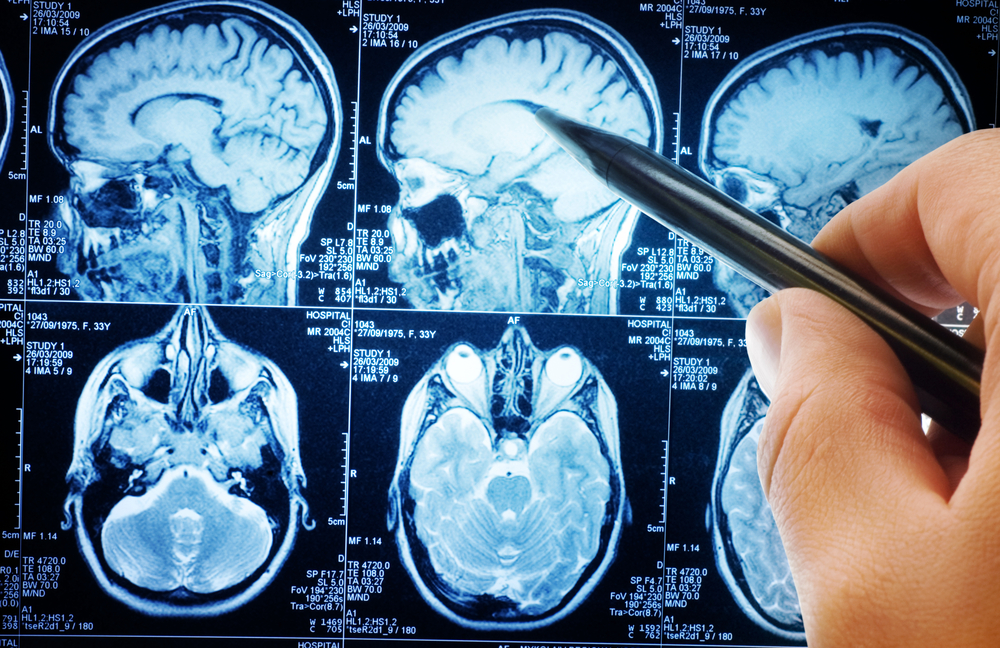Scientists Determine How Parkinson’s Begins to Impact Brain

Using a laboratory model of Parkinson’s disease, researchers have shown how abnormal α-synuclein aggregates gradually spread from an area involved in the early stages of Parkinson’s disease (PD) to other regions of the brain that are eventually damaged by the disease.
The study, “Widespread transneuronal propagation of α-synucleinopathy triggered in olfactory bulb mimics prodromal Parkinson’s disease,” published in The Journal of Experimental Medicine, provided scientists with a better look at what happens in the brain of Parkinson’s patients years before motor symptoms appear.
“Better models that mimic the early stages of the disease will allow us to more precisely study Parkinson’s and, by extension, find new ways to potentially stop it before it progresses,” Nolwen L. Rey, PhD, the study’s first author, said in a press release. “We know that specific signs of Parkinson’s, including a loss of sense of smell, appear years before the onset of motor symptoms. Our new model replicates the phase that occurs long before diagnosis and, importantly, gives us a powerful tool to test novel interventions that might prevent the onset of Parkinson’s as we know it.”
Several years before PD diagnosis and onset of the classical motor symptoms, patients start developing significant nervous system pathology. During this phase, known as prodromal PD, patients may experience several nonmotor manifestations, including olfactory (smell) dysfunction, rapid eye movement in sleep behavior, and constipation. Researchers believe it is the ideal stage to apply neuroprotective therapies as the disease eventually evolves to damage the dopaminergic neurons required for voluntary movement.
The team injected abnormal α-synuclein aggregates into a mice olfactory bulb, the area of the brain that controls the sense of smell. The results were twofold. Not only did it induce the specific olfactory deficits characteristic of the prodromal PD phase, but it also allowed abnormal α-synuclein propagation into distant brain regions during the course of several months.
Researchers believe the model may be helpful in developing new therapeutic strategies that could prevent the proliferation of PD into its most severe and debilitating forms.
“Perhaps most remarkably, we have created a model of prodromal Parkinson’s disease, the condition that precedes the diagnosis of the disorder in humans by five to 10 years, that successfully mimics the pattern of alpha-synuclein’s pathology in the brain,” said Dr. Patrik Brundin, PhD, senior author of the study and director of Van Andel Research Institute’s Center for Neurodegenerative Science. “Not only might this teach us something about how the disease develops and the importance of the olfactory system, but the model will also prove invaluable when testing novel therapeutics designed to slow down or stop the progression of disease.”






